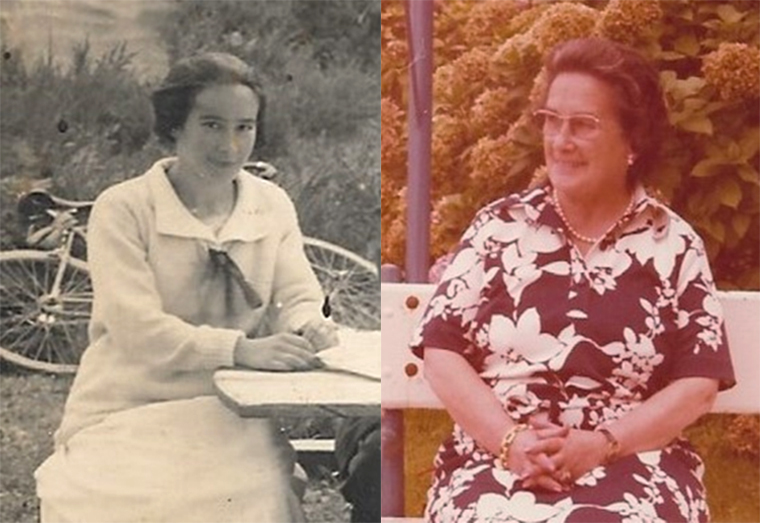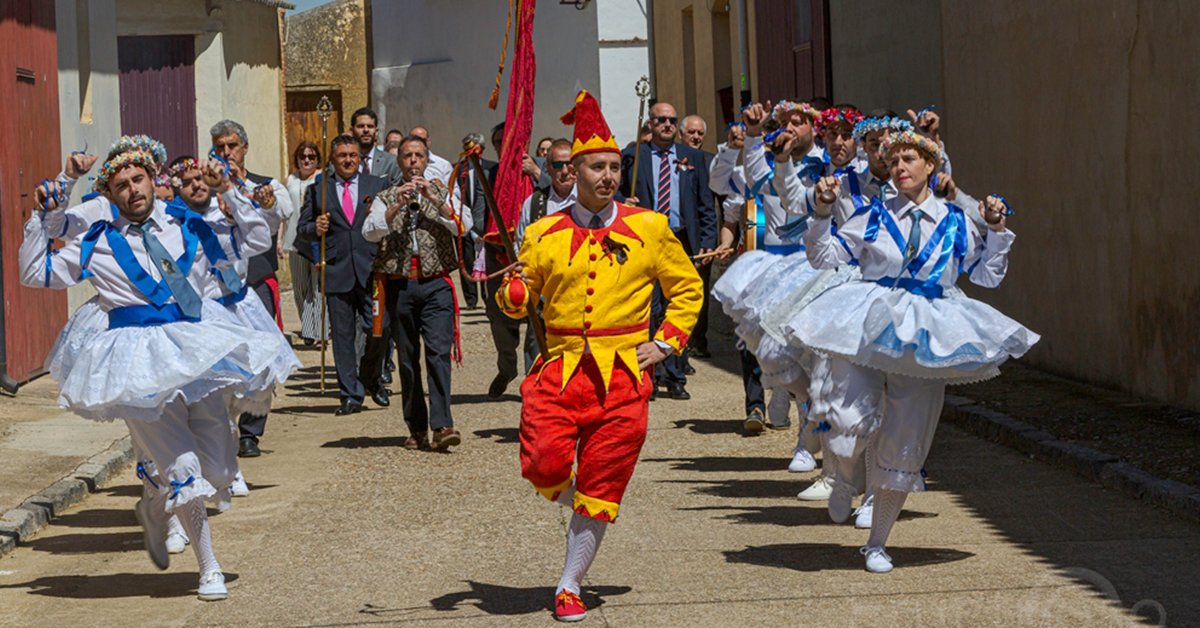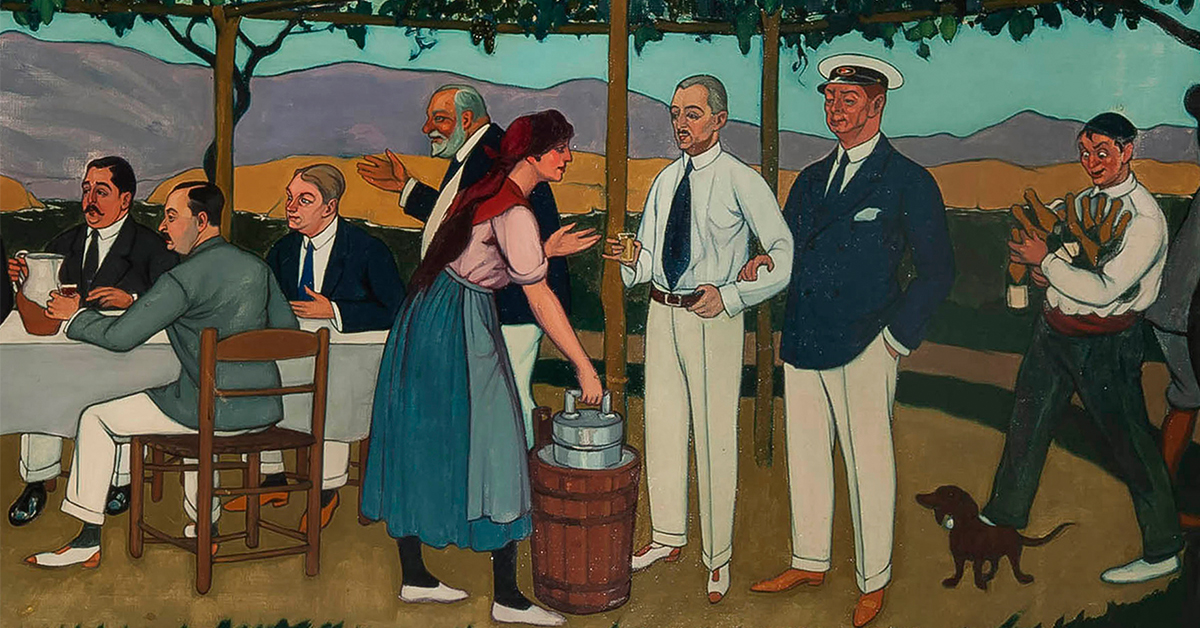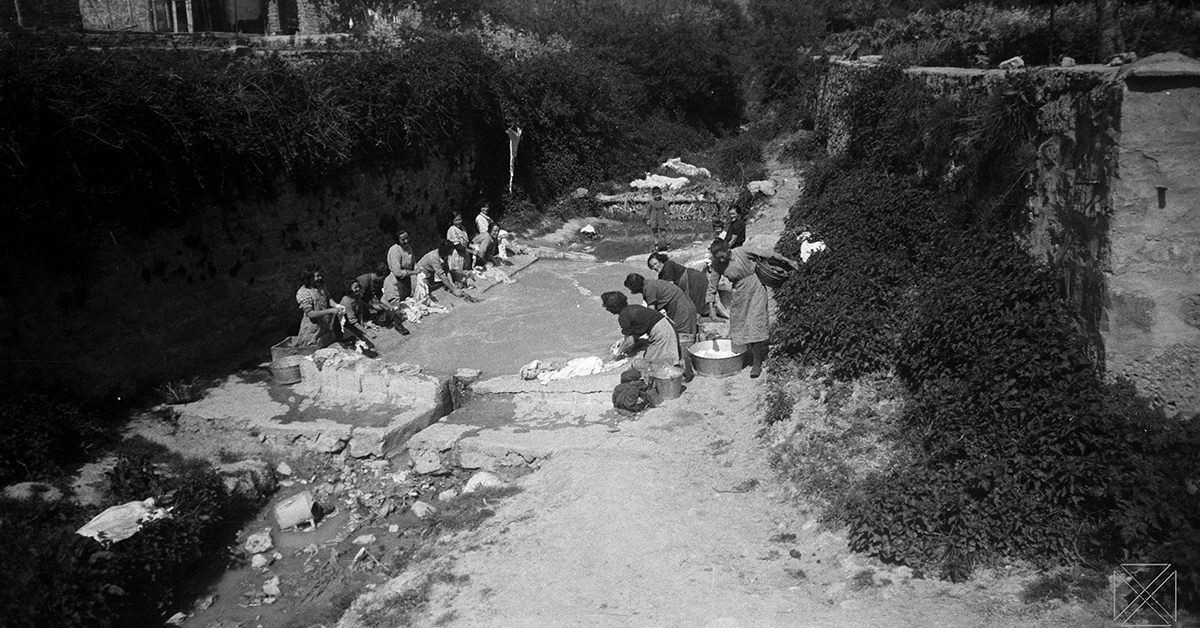Archives
On 14 March, the book that the author Jule Gabilondo Maite wrote in Saint-Jean-de-Luz (Labourd) between 1937 and 1938 was presented in the cultural centre in the Torrebillela tower house (Mungia).
Jule Gabilondo Arruza-Zabala was born in Mungia on 29 January 1902. Her father, Juan Gabilondo Azurmendi, a doctor, was from Zegama (Gipuzkoa) and her mother, Leonor Arruza-Zabala Etxaburu, from Gueñes (Bizkaia). Her maternal grandfather, Raimundo Arruza-Zabala, was born in Mungia, but married in the town of Gueñes and returned to his birthplace with his family several years later. (more…)
When we think of intangible cultural heritage (ICH) – and, above all, when we try to explain exactly what it means – we tend to resort to its more spectacular or iconic expressions: festivities, commemorative and traditional representations, music, bertsolarismo [improvised poetry in Basque], dance, sport, crafts…
We are now adding the gender value to the intangible variable associated to that cultural heritage (even though it can and is usually based on tangible elements).
(more…)
There are times when the smallest detail has much to tell. That is the case of a frieze that José Arrue painted for Bilbao Yacht Club in 1919, which was on the first floor of the Arriaga Theatre at that time. It is now owned by Iberdrola and is kept, along with other works of art, in its iconic Tower.
Well, one of the five fragments of the frieze shows a young girl preparing a lemonade frappe – a typical alcoholic beverage in Basque festivities of the past – to be served to visiting dignitaries. The young girl is depicted with her shirt sleeves rolled up and that is what is remarkable in this particular case.








